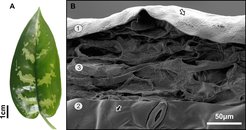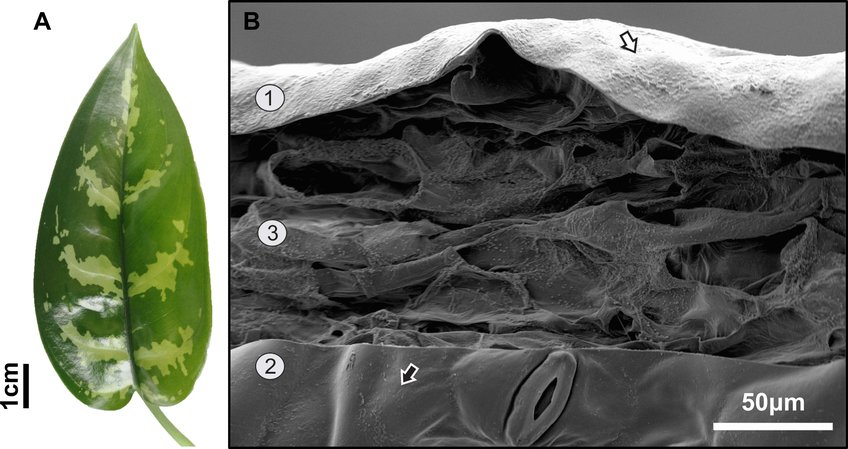Plant Wax Biomarkers in Human Evolutionary Studies
Plant wax biomarkers are an innovative proxy for reconstructing vegetation composition and structure, rainfall intensity, temperature, and other climatic and environmental dynamics. Traditionally used in earth sciences and climate studies from “off-site” ocean and lake records, biomarker research is now incorporated in archeology and paleoanthropology to answer questions relating to past human-environment interactions and human evolution.
A new review, published in Evolutionary Anthropology, highlights the applications of plant wax biomarkers to the study of human evolution. Plant waxes are a proxy for past vegetation change and hydroclimate and are now incorporated in archaeology and palaeoanthropology to answer questions relating to past human-environment interactions. Biomarkers are also generating new and exciting information on the ecological context in which Homo and its closest relatives evolved, adapted, and invented stone tools. Despite their potential in human evolutionary studies, the interpretation and evaluation of plant wax geochemistry has not been widely accessible to archaeologists and paleoanthropologists. This review addresses this shortcoming and provides a comprehensive overview of plant wax geochemistry, assesses challenges relating to biomarker taphonomy, considers the role of modern plant ecosystems in interpreting ancient habitats, and examines case studies conducted at key paleoanthropological locations in eastern and southern Africa and Europe.

Plant waxes are now reframing old evolutionary questions and are helping to amend prominent environmental hypotheses for hominin evolution. Given that plant waxes have shown that broad, all-encompassing habitat-specific hypotheses are no longer viable for explaining human evolutionary processes, they are perhaps the best proxy for generating new evidence linking environmental variability with human technology and behavior.
In reconstructing past climates and environments, the stable carbon and hydrogen isotopes of various biomarkers are used to assess changes in water availability, vegetation communities, precipitation or aridity, evapotranspiration of leaf and soil moisture, and the relative abundance of C3 and C4 plants. Gas chromatography and mass spectrometry and isotope ratio mass spectrometry are used to quantitatively measure biomarkers and their isotope ratios, as these techniques allow for the assessment of these environmental parameters and how they may have influenced human activity in the past.
This paper also showcases studies that have been conducted in eastern and southern Africa and Europe, the primary regions where biomarker research has thus far been deployed in paleoanthropology, and specifically looks at work conducted at famous paleoanthropological locales, such as at Oldupai Gorge in Tanzania and the Turkana Basin of Kenya, and at cave and rock shelter sites occupied by Neanderthals in Spain and Armenia and H. sapiens in South Africa.
This is the first review of plant wax biomarkers written for an archaeological audience. Our goal was to present a new tool that can be employed at archaeological or paleoanthropological sites to complement existing, well-known techniques for reconstructing past human environments. We hope that more archaeological studies adopt this technique when addressing the climatic and ecological influences on human evolution or technological and cultural change.
